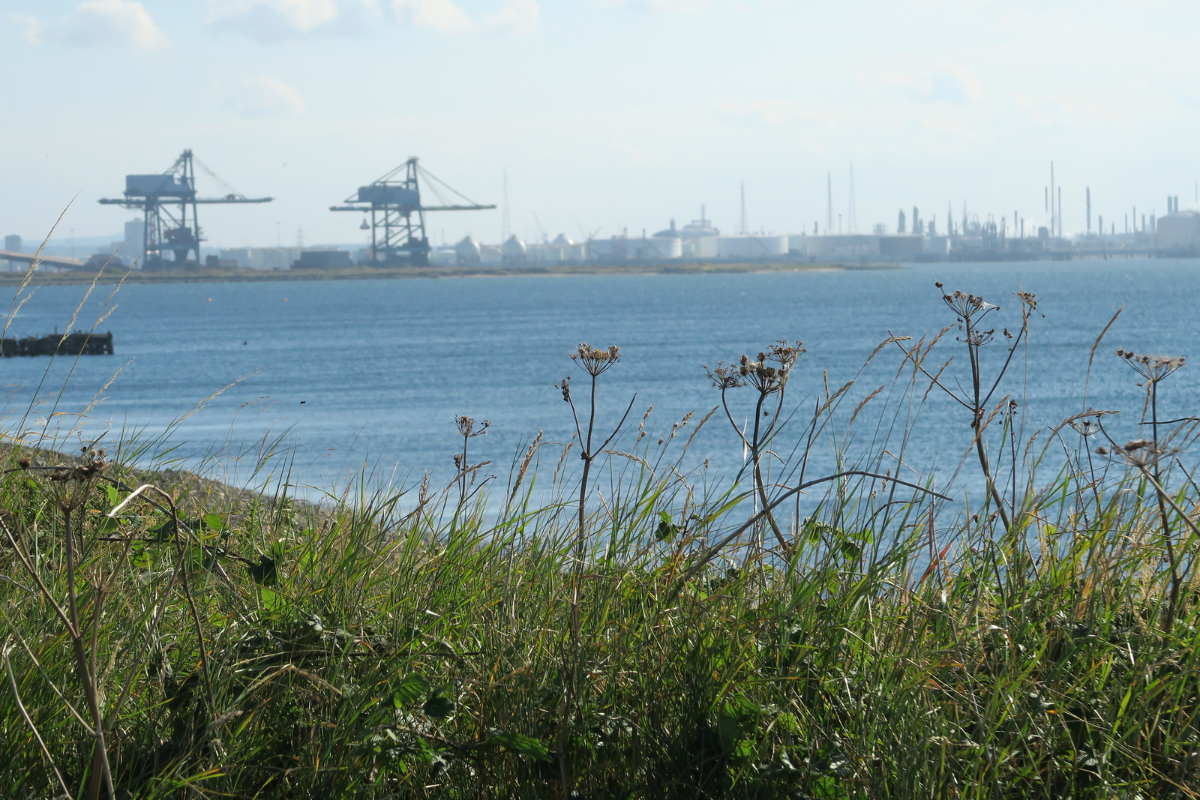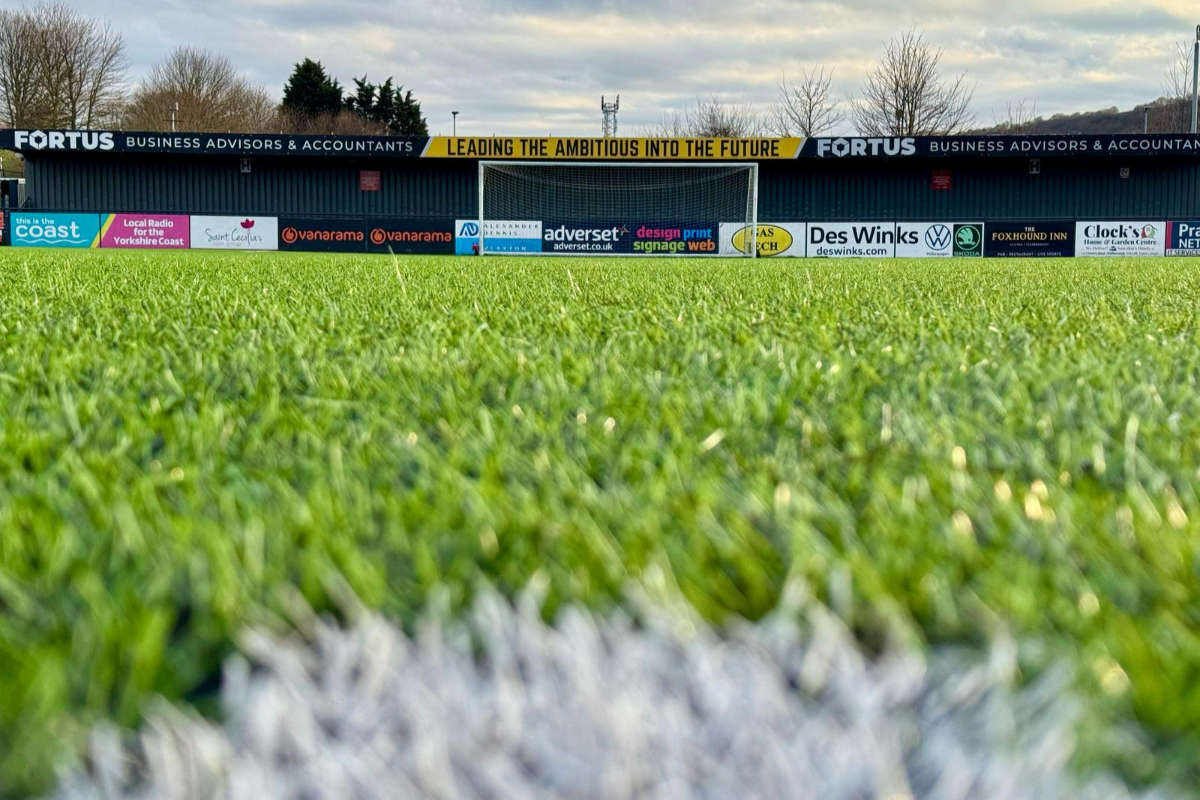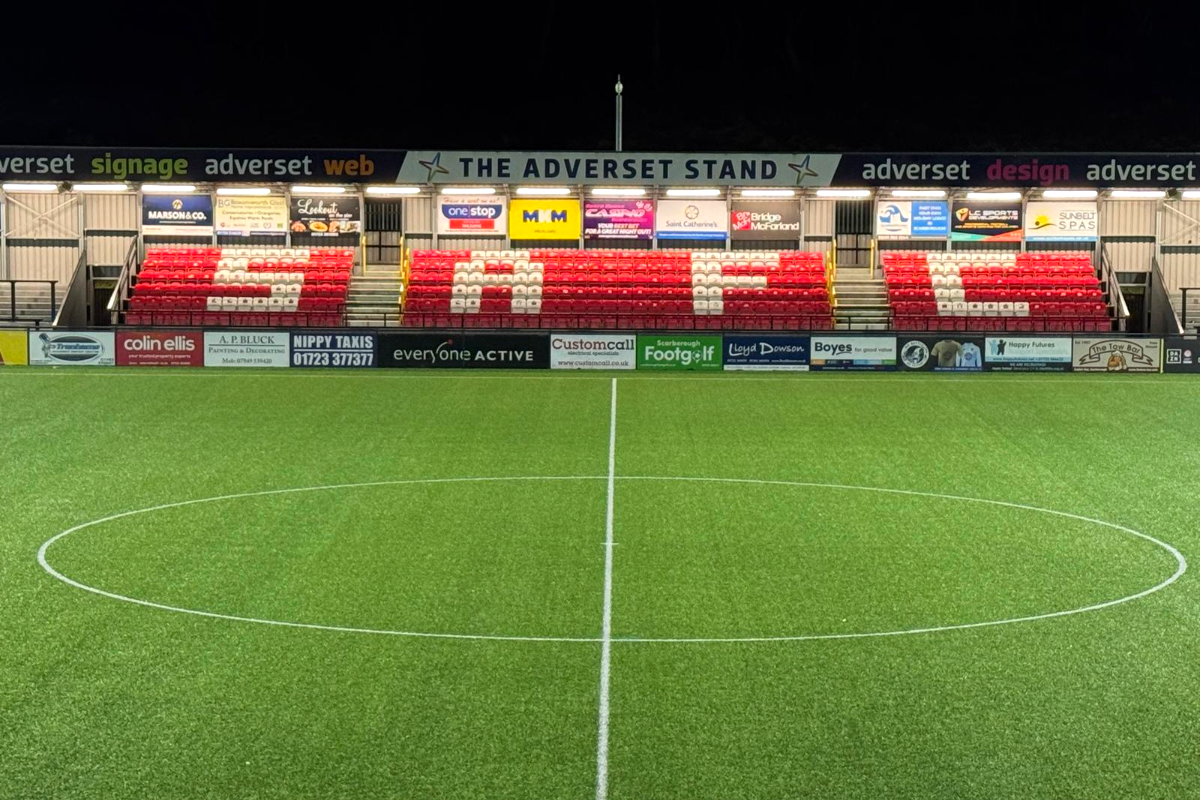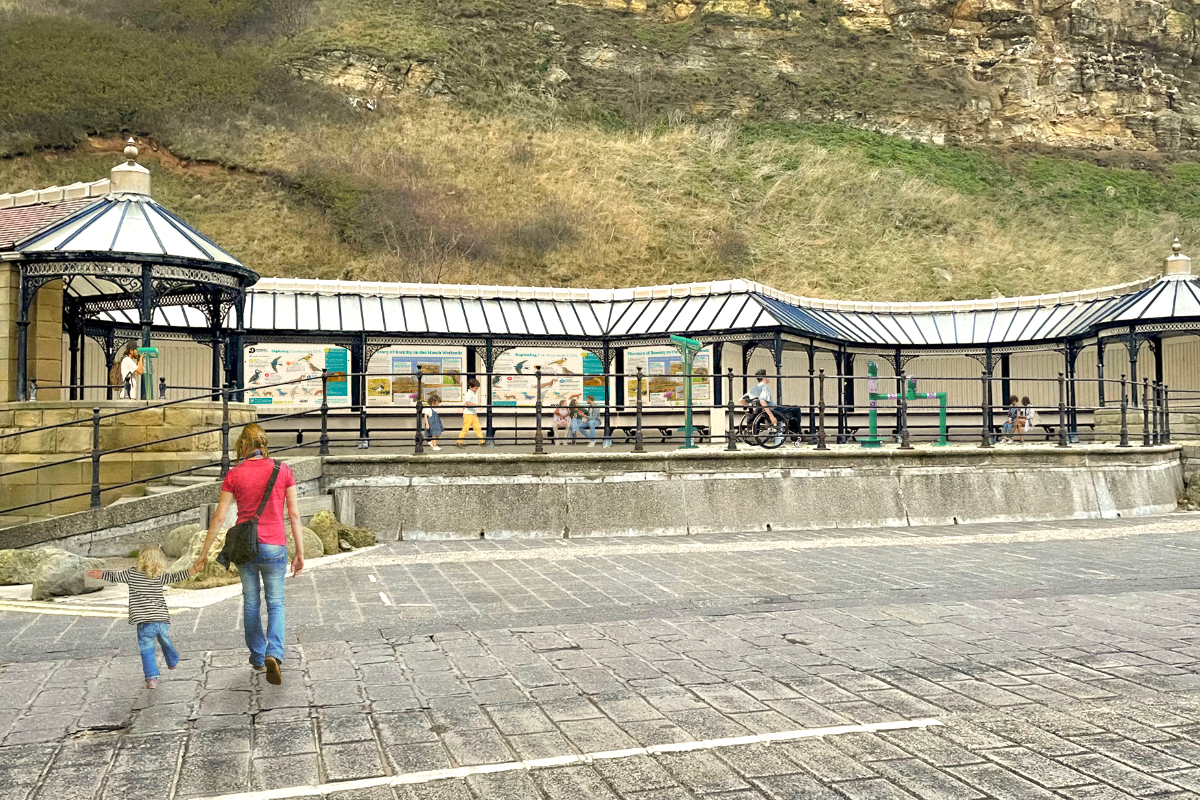
Maintenance dredging was taking place in the River Tees before last years mass shellfish mortality event, but government scientist say it wasn't the cause.
An intensive period of dredging did take place in the River Tees just before last year's shellfish mortality event.
Thousands of dead crabs and shellfish washed up on the Yorkshire Coast's beaches October.
One theory from academics at Newcastle University is that chemicals released from sediment in the Tees may have affected the crustaceans, but government scientists say there isn't data to support that, and say a naturally occurring algal bloom was probably the cause.
Jerry Hopkinson is Executive Chairman at PD Ports, he says they did bring in an extra dredger to carry out maintenance dredging last autumn, but he doesn't think that was to blame.
Thousands of dead crabs and lobsters washed up on the Yorkshire Coast's beaches between October and December.
Local fishermen and academics from Newcastle university believe it could have been caused by chemicals released from disturbed sediment in the Tees, but DEFRA says an algal bloom was the most likely cause of the event.
Trudi Wakelin from the Marine Management Organisation says the dredging operations are nothing new.
Jerry Hopkinson says he doesn't think the dredging was related to the shellfish deaths
- RELATED STORIES : Government Scientists Question Role of Pyridine in Yorkshire Coast Shellfish Deaths
- RELATED STORIES : Committee Hears Competing Theories On Yorkshire Coast Shellfish Deaths
- RELATED STORIES : Scarborough Harbours Executive to Ask For Further Study on Shellfish Mortality Event
- RELATED STORIES : Government Says Cause of Yorkshire Coast Shellfish Deaths Not Clear
- RELATED STORIES : Scarborough Borough Council Looking at Shellfish Support




 Scarborough Athletic Board Working on Groundshare Arrangements
Scarborough Athletic Board Working on Groundshare Arrangements
 Council Confirm Scarborough Athletic May Need to Temporarily Relocate
Council Confirm Scarborough Athletic May Need to Temporarily Relocate
 Burniston Drilling Rig Firm Responds as Parish Councils Vote Against Plans
Burniston Drilling Rig Firm Responds as Parish Councils Vote Against Plans
 Scarborough's New Sea Watching Station Prepares to Open
Scarborough's New Sea Watching Station Prepares to Open
 Half of All Shoplifters Being Identified on North Yorkshire Coast
Half of All Shoplifters Being Identified on North Yorkshire Coast
 Council Chiefs Work on Free Parking Strategy for North Yorkshire
Council Chiefs Work on Free Parking Strategy for North Yorkshire
 Former Scarborough Teacher Backs Call for Short Breaks Carers
Former Scarborough Teacher Backs Call for Short Breaks Carers
 Invisible Solution Helps Reduce North Yorkshire Farm Thefts
Invisible Solution Helps Reduce North Yorkshire Farm Thefts
 Knighted North Yorkshire Council Officer Announces Departure
Knighted North Yorkshire Council Officer Announces Departure
 Record Field for North Yorkshire Tour of Britain Stage
Record Field for North Yorkshire Tour of Britain Stage
 Green Light for Scarborough Dog Grooming Salon in Residential Garage
Green Light for Scarborough Dog Grooming Salon in Residential Garage
 Council-backed Plan to Convert Scarborough Church Hall into Supported Housing
Council-backed Plan to Convert Scarborough Church Hall into Supported Housing










Comments
Add a comment